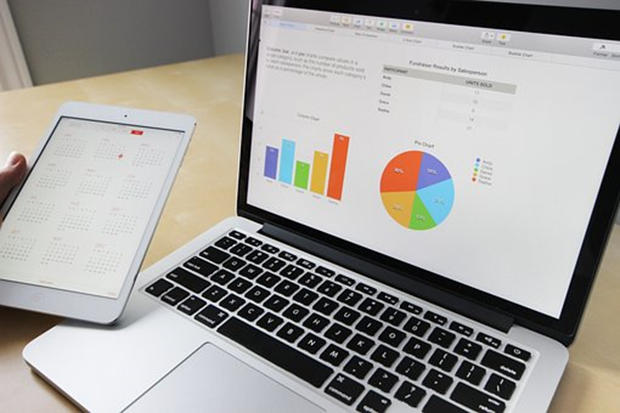Whether you’re an artist, a marketer, or working in the finance industry, having the capacity to utilize data sheets on a computer effectively is becoming increasingly essential. If you have ever found yourself bewildered when attempting to make sense of complicated formulas or algorithms while looking at a spreadsheet, this blog post is for you. It’ll discuss all the basics of mastering data sheets and how they can help increase your efficiency in any realm – from organizing personal finances to strategizing business goals. With these tips and tricks, you’ll soon get organized with your files.

Understanding why data sheets are essential for computer literacy
Often, the most intimidating challenge for individuals beginning in computer literacy is understanding data sheets. Data sheets are an essential resource for anyone using computers—whether that desirability comes from coding or computer troubleshooting. Data sheets can give you a breakdown of the individual parts and elements that make up a computer, such as knowledge about what hardware to use with specific software, how to connect particular components, and even basic info that can streamline troubleshooting beyond searching through articles online.
Fortunately, learning the basics of data sheets won’t take long – you just have to research online, where you will likely find tutorials and resources to help you understand them. In this case, you can master Google Sheets with OKSheets.com or learn about Excel formulas using MSOffice.com. By understanding data sheets and becoming familiar with this type of language, you can save yourself time and start using your computers even more efficiently.
Exploring the different types of datasheet applications available
No matter what field you work in, the ability to format and store data is a critical tool. Fortunately, various ways exist, from applications that store your data in document form to those that turn it into an aesthetically pleasing spreadsheet. Nearly everybody has some familiarity with Google Sheets, Microsoft Excel, and others for organizing our data, but there are also lesser-known tools to explore.
Spreadsheets let people take data entered by users and other stakeholders and organize it into color-coded graphs, formulas, and summaries that can be used to derive conclusions. When you understand how these formats work best for the task at hand, chances are you’ll be able to make better decisions when reviewing or recapping information instead of relying solely on raw numbers.
Ways to create a primary datasheet
Creating a basic data sheet in Excel or Google Sheets is easy and fun. You’ll need to start a new workbook in Excel or Google Sheets. Next, enter your data into the cells and create column headers that are relevant and informative. It is best to enter no more than 25-30 columns, as it can quickly become overwhelming. Once everything is entered and formatted, save your document using an easily identifiable file name (e.g., “CustomerDatabase”). At this point, you should have a fundamental data sheet setup for future use. With practice, you’ll be able to whip up complex sheets quickly.
Tips for organizing data when working with data sheets
To help make the process significantly more manageable, it is wise to be organized to transfer and store data and interpret research results quickly. When entering information into a spreadsheet program such as Excel, remember that each cell should contain only one value or piece of data. Spell out complete acronyms instead of abbreviations so that other people working with the same spreadsheet can understand what is being presented without looking up each entry. Finally, formatting the headers and rows in your documents with colors or bold font styles will make it easy for your eye to identify critical characteristics within the table quickly and separate items into categories. Organizing your data sheets can become a breeze with simple strategies like these.
Troubleshooting common errors when working with data sheets
Data sheets can contain a lot of complex information, and any errors when working with them can be challenging to track down. With patience and attention to detail, ordinary users can troubleshoot common data sheet issues using a few basic tricks. Start by re-checking formulas or functions to ensure they’re returning the correct values – sometimes, formulas have been modified not to produce the right result. If these look correct, check out cell formats and ensure proper alignment between cells. Finally, scrutinize your data source – if needed, create a fresh copy or double-check for any duplicates you may have overlooked earlier.

Working with data sheets has endless possibilities and can take your research, analysis, and organization skills to a new level. Armed with a basic understanding of how data sheets work and tips for avoiding common mistakes, you are now ready to boost your computer literacy by creating complex and dynamic data sheets. Not only can you save valuable resources when harnessing the power of data sheets, but using them will also increase efficiency and help you make informed decisions fast. Data sheets provide constant value if used correctly; unlocking their potential is just a few clicks away.
